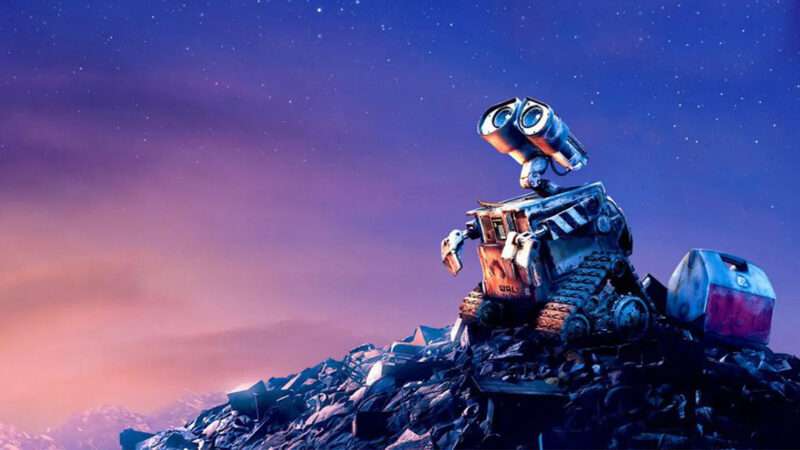
As the last solar robot on Earth, WALL-E spends his days compacting skyscrapers of trash in an abandoned city with no sign of life, until one day when he finds a small plant. Centuries before WALL-E's discovery, the Buy n Large corporation packed up all the human beings on cruise ship–like spacecrafts to flee the uninhabitable Earth. Disney and Pixar's WALL-E represents a totally inaccurate vision of both the future of Earth and the future of space colonization.
Worries about trash taking over Earth and thus making it unlivable are not novel. Headlines such as "The World's 2-Billion-Ton Trash Problem Just Got More Alarming" and "Where Will the Trash Go When All the U.S. Landfills are Full?" have been in the news for years. Yet people have always innovated to find ways to more efficiently store waste.
To imagine the human future in space as just a means to escape our own trash piles undervalues the possibilities of space life—many of which haven't been thought of yet. When space is more accessible to everyone, there is no reason to believe most people will waste their days drinking Orange Fanta out of oversized cups in hover chairs with screens inches from their faces.
The post Review: <em>WALL-E</em> Is Not a Realistic Take on Space Travel appeared first on Reason.com.







